The perennial herbaceous vine, Epipremnum, is part of the Aroid family. According to data taken from various sources, this genus unites 8–30 species. The name "epipremnum" translates as "on the trunks", which is related to how the plant exists. In nature, it can be found in tropical forests from India to Northern Australia. Today, most of the species are found in Southeast Asia. But these species are also found in nature today in places where they did not grow before, for example, in Hawaii.
The most popular among flower growers is golden epipremnum, which is very often called by the people "scindapsus". But scindapsus and epipremnum are two different plants, although they belong to the same family. However, when grown at home, these plants require almost the same care and similar growing conditions.
Content
Brief description of cultivation
- Bloom... Epipremnum is cultivated at home as an ornamental leafy plant. The fact is that in culture, this vine blooms very rarely.
- Illumination... Variegated varieties need a lot of bright light, and green-leaved varieties can grow both in shade and under diffused bright light. However, any varieties must be shaded from direct sunlight.
- Temperature regime... Normal room temperature is fine for such a plant. Note that drafts can kill the plant.
- Watering... It is carried out systematically immediately after the top layer of soil mixture in the pot has dried, but it should be moderate.
- Air humidity... In the event that there are working heating devices in the room, then it is necessary to moisten the liana foliage from the spray bottle as often as possible.
- Fertilizer... Top dressing is carried out from April to September 1 time in 2 weeks, for this they use mineral fertilizer for vines in liquid form. During the dormant period, the bush also needs to be fed, but this is done much less often (no more than once every 4 weeks).
- Dormant period... It is not pronounced and is observed in October – March.
- Transfer... It is held in April.While the vine is young, it is transplanted once a year, and older specimens are much less frequent, or rather, once every 2 or 3 years.
- Reproduction... By layering, dividing the shoot and apical cuttings.
- Diseases... Fungal diseases.
- Pests... Thrips, scale insects and spider mites.
Features of the epipremnum
Epipremnum is a herbaceous evergreen vine that is a perennial. This semi-epiphyte can parasitize large trees or grow on its own. Nutrients are supplied to the bush through the fibrous root system. And the vine has a large number of air roots, if necessary, they can form an additional root system. There are two types of aerial roots: the first grow out of the nodes and cling to a tree or other support, and the second grow from internodes and are air feeding roots. Over time, all air roots lignify, while the feeding ones become woody, and a bark is formed on their surface, which consists of ribbon-like fibers, and the supporting ones - cork.
The shoots of such a vine are not only capable of clinging to almost any support, but can also root along their entire length. Simple heart-shaped leaf plates are both leathery and thin. In adult shrubs, the foliage is about 0.6 m long and up to 0.4 m wide. However, while the plant is young, its leaf plates are not so large. Over time, the foliage is able to change its solid form to a pinnately split or pinnately dissected. And in some cases, holes may appear in the sheet plates, for example, like a monstera.
During flowering, nondescript flowers are formed on the liana, which do not represent any decorative value. The flowers are part of the cob-shaped inflorescence, which tapers towards the top. And on top it is wrapped in a blanket that looks like a canoe. Such a liana blooms only if its foliage becomes an adult, however, in indoor conditions this happens extremely rarely, therefore, flower growers do not often see epipremnum flowers. The fruit is a berry with seeds inside.
Home Epipremnum Care
Illumination
Green-leaved varieties are notable for their low demand for illumination, they grow well both in slight shading and in bright diffused light. However, if you grow variegated varieties, then remember that they need a lot of bright light, otherwise their foliage color may become less decorative. But when choosing a place for a creeper, it should be borne in mind that direct rays of the sun are very harmful for any variety. If the bush stays under the scorching sunlight for a very long time, then its foliage will fade, become flabby and soft to the touch. After some time, the foliage affected by the sun flies around, and the shoots may also suffer (their growth stops). The most optimal place for growing epipremnum is an east or west orientation window, since the light is bright and diffused there.
Temperature regime
At home, such a vine grows very well and develops at room temperature. But protect the plant from a draft that can lead to its death. In this regard, in the warm season, it is highly discouraged to take the bush to the garden or to the balcony; instead, it is best to arrange regular ventilation of the room.
Watering
Moisten the soil mixture in the container only after its top layer dries well. Remember that such a vine belongs to those plants that are less damaged by a not very long drought than a regular stagnation of liquid in the root system. Due to the systematic waterlogging of the substrate, the bush can infect a disease.If there are drops of liquid on the seamy surface of the foliage, this means that stagnation of water is observed in the soil mixture. In this case, the bush should be watered less frequently and less abundantly.
In winter, when heating devices are actively working, the level of air humidity becomes very low, so the vine must be systematically moistened from a spray bottle. Also, frequent spraying of the bush is necessary in the summer on hot days. Both watering and moistening epipremnum is necessary with soft water: filtered, melted or well-settled (at least 24 hours).
Fertilizer
Top dressing is carried out regularly once every 15 days; for this, a complex mineral fertilizer for vines in liquid form is perfect. Such an evergreen vine is fed from April to September. In the autumn-winter period, the bush is also fed, but not so often (no more than 1 time in 30 days).
Transfer
Vines are transplanted only if necessary, or rather, after the root system becomes very cramped in the pot. While the bush is young, it is subjected to this procedure every year, but with age, the frequency of transplants decreases to one in 2 or 3 years.
The bush is transplanted in early spring immediately after it begins to grow intensively. As a rule, this time falls on the first days of April. When choosing a container for planting, remember that it should not be too loose. The old pot should be only 20 mm smaller than the new one.
Best of all, this vine grows in a humus loose substrate, which should have a neutral reaction. If desired, you can purchase a soil mixture intended for decorative deciduous plants in a specialized store. First, make a drainage layer in a new container, which should be quite thick, then carefully transplant the plant using the transfer method. To get the bush out of the old container easily, it is watered abundantly about two hours before the start of the transplant. Place the bush in the middle of the pot, and then carefully cover all existing voids with fresh soil mixture. It is recommended to shorten excessively long shoots before proceeding with transplanting.


Watch this video on YouTube
Reproduction methods
Epipremnum, as a rule, is propagated in indoor conditions by vegetative methods, namely: apical cuttings, layering and dividing the stem into parts.
Cuttings
To propagate such a plant with apical cuttings, it is necessary to cut off the upper part of the stem, on which there should be 2 or 3 leaf plates. For rooting, the cuttings are planted in a soil mixture, which includes sand and peat (1: 1). The segments are best rooted at an air temperature of 22 to 25 degrees. During rooting, cuttings need systematic moistening from a spray bottle. As a rule, the roots of cuttings grow back 15–20 days after planting.
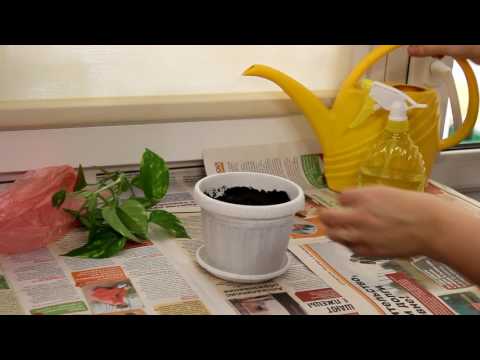

Watch this video on YouTube
Layers
If you need layering, then near the bush you need to put a container filled with soil mixture. An escape is laid on its surface, which should be fixed in this position with pins. Then it is sprinkled with a substrate. Cutting off the layers and planting it in a separate pot is possible only after its roots have grown.
Escape division
The method of reproduction of epipremnum by division of the shoot is the most complicated. Cut off the shoot and cut it into several pieces, each of which should have at least 1 leaf plate. For rooting, they are planted in small containers filled with a substrate. And then they are taken to a place where it is always dark. The sections should not be moistened with a spray bottle or watered. In order for them to take root accurately, they can be treated with special phytohormones.
Epipremnum pests and diseases
Diseases
A plant such as epipremnum has a rather low resistance to various fungal diseases.In this regard, special attention should be paid to watering it, and also do not keep the bush in the cold and do not add too much nitrogen to the substrate. If you do not adhere to such simple rules, then rot may appear on the root system of the vine.
Pests
This plant can accommodate scale insects, spider mites or thrips. Such pests are considered sucking: they bite through the surface of the shoot or leaf plate and suck out the plant sap. If such pests have settled on a bush, then it becomes lethargic, weakens greatly, and yellowing and wilting of its foliage is also observed. In addition, because of the sucking pests, the bush can infect a dangerous virus.
In order to destroy thrips and scale insects, you will need to treat the vine several times with a solution of a suitable insecticide. If the bush was attacked by spider mites, then it will be possible to get rid of them with acaricide. All pesticides are sold in specialized stores.
Types and varieties of epipremnum with photos
Epipremnum golden (Epipremnum aureum), or epipremnum aureum
This type is most popular with florists. Such a herbaceous perennial is able to climb a support, and adventitious roots help it in this. The length of its shoots varies from 100 to 200 cm. They are decorated with green leathery, heart-shaped leaf plates. They have a golden hue, and the brighter the lighting, the more noticeable it is. The best varieties of this type are:
- Golden Potos... The foliage of this vine has a golden yellow tint.
- Marble Queen... This variety is very widespread in culture, on the surface of its whitish-silvery foliage there are green streaks.
- Andjoy... The corrugated leaf plates are green, decorated with strokes and streaks of white. This plant is very similar to the ficus pumila.
- Pearls and jade... This compact vine is the result of the work of American breeders. It was created based on Marble Queen. The foliage has a spotted color, and there are green, white and greenish-gray shades. At the same time, it is very difficult to find two leaf plates with the same color.
Epipremnum pinnatum (Epipremnum pinnatum)
The homeland of this species is China and India. Such a liana is one of the largest: in natural conditions, it can reach about 15 meters in length. But when grown indoors, the stems of such a plant are shorter. Glossy leaf plates grow on grooved long petioles, the shape of which can be elongated-elliptical or oval, whole, or evenly pinnately-lobed. Their color can be greenish blue or dark green. On the surface of adult leaf plates, holes of an oval or round shape are often formed. It is because of this feature that for a long time this species was considered part of the Monstera genus. At home, such a vine is grown relatively rarely.
Forest epipremnum (Epipremnum silvaticum)
Under natural conditions, this plant can be found in the swampy forests of Indonesia and Sumatra. This graceful liana can be about 6 meters long. Its glossy leaf plates are green, they are solid oval-lanceolate, and their top is pointed. The leaves are about 6 centimeters wide and up to 20 centimeters long. Such a plant, as a rule, is found only in private collections.


Watch this video on YouTube


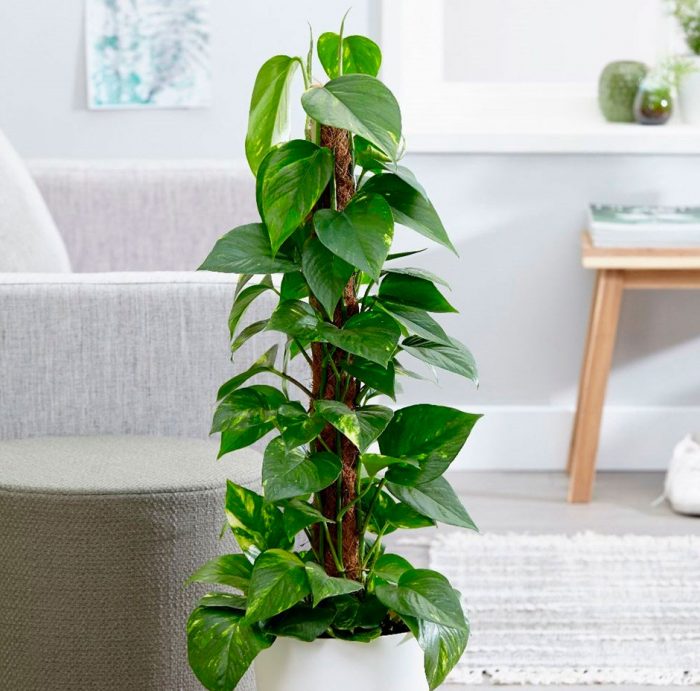
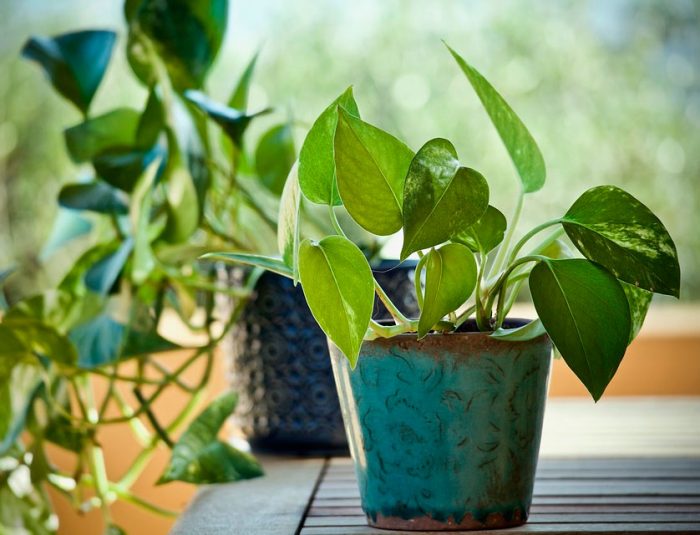

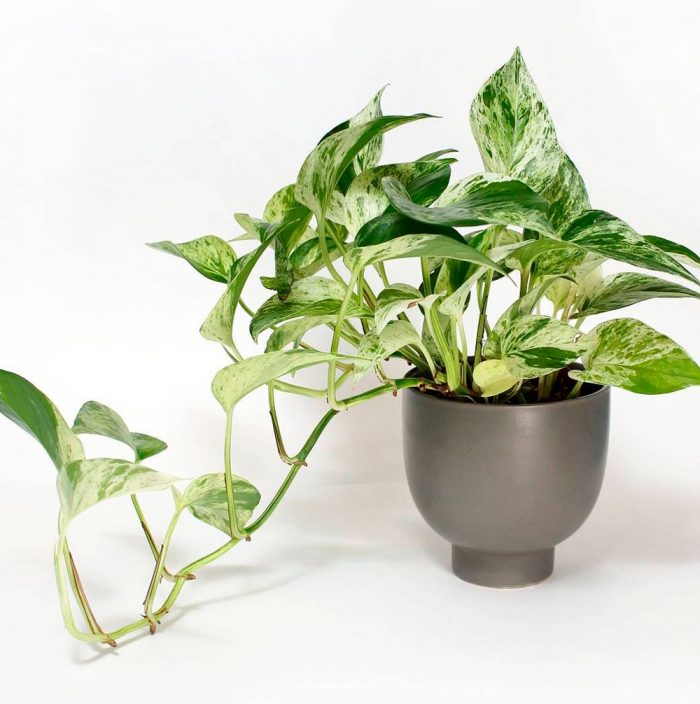
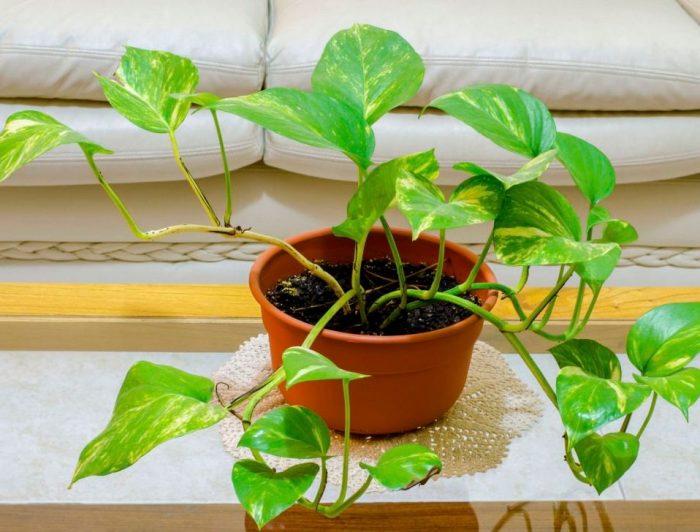
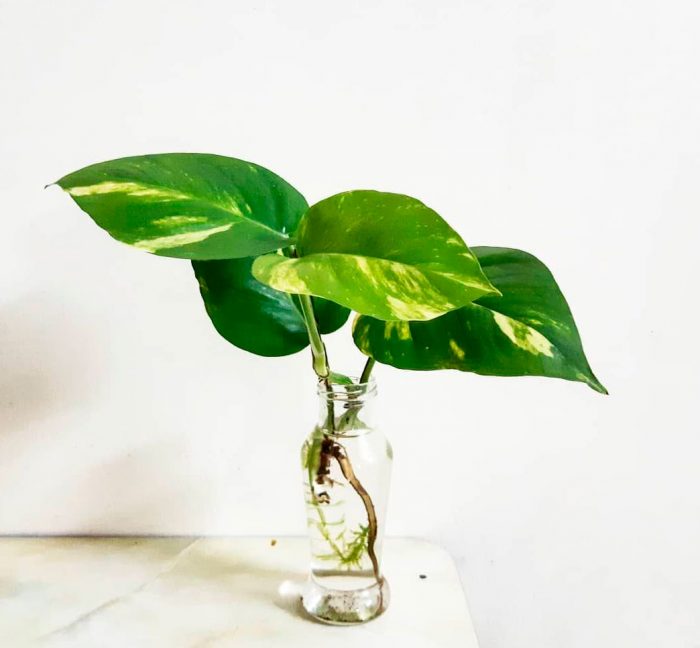
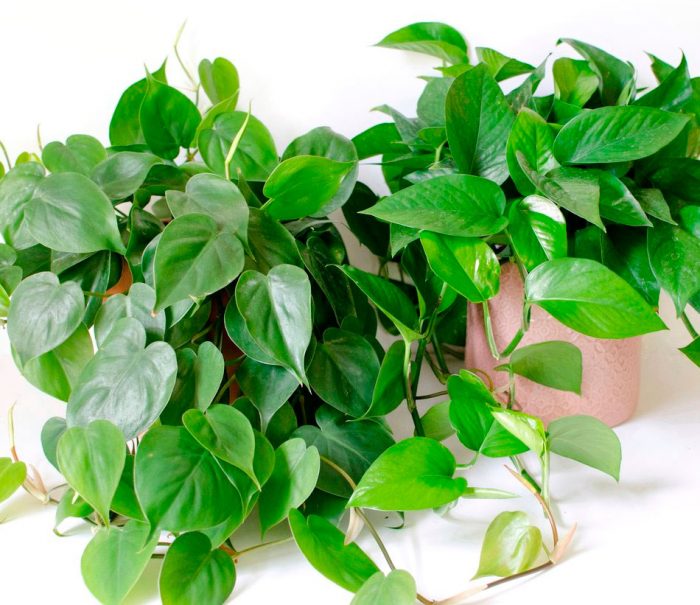
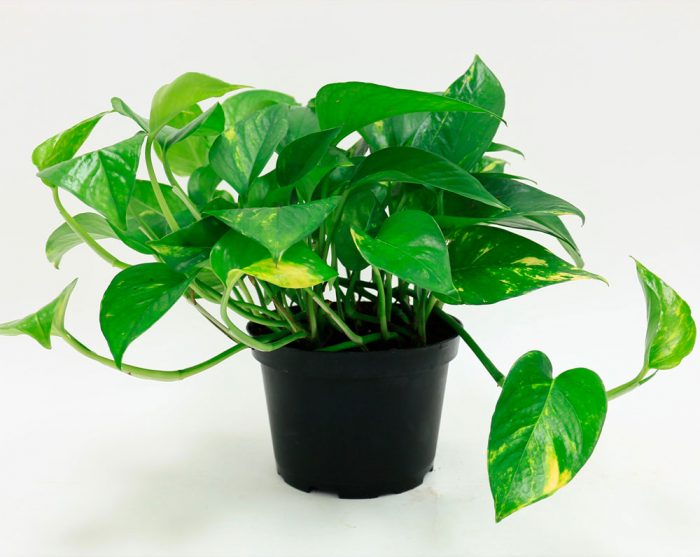

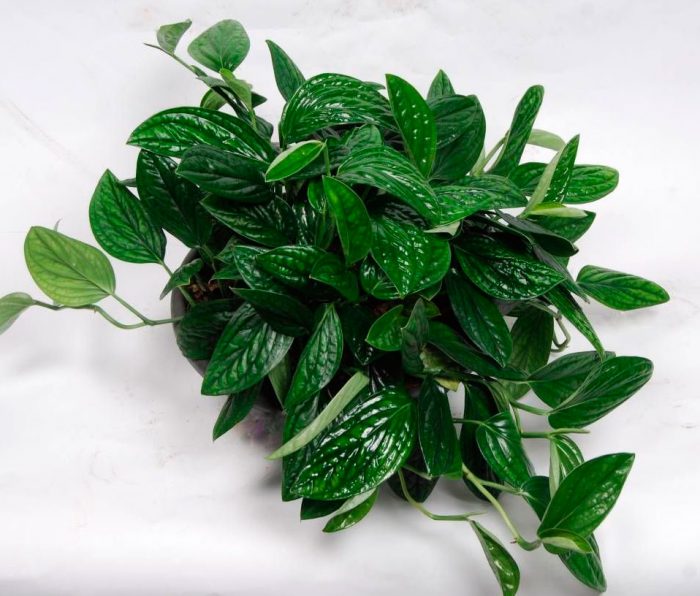
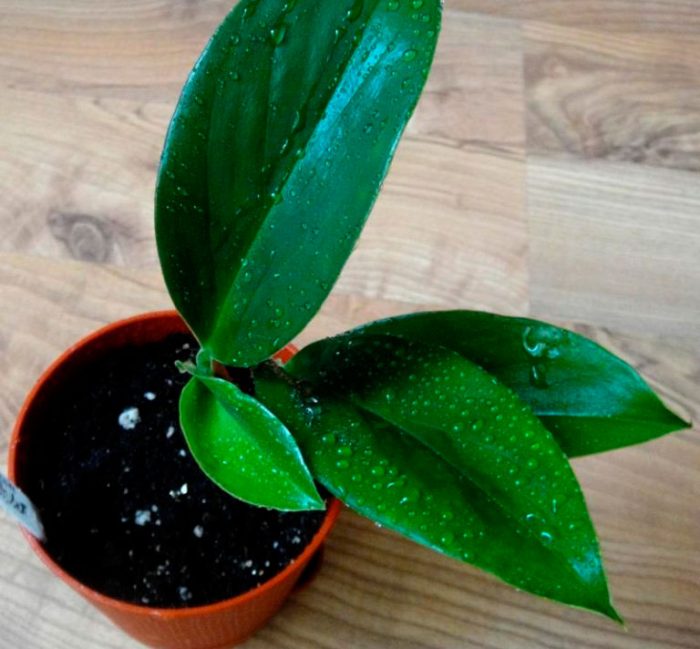
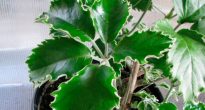


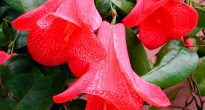
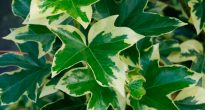
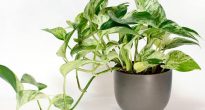
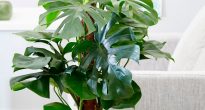



Thank you for finding information about Epipremnum